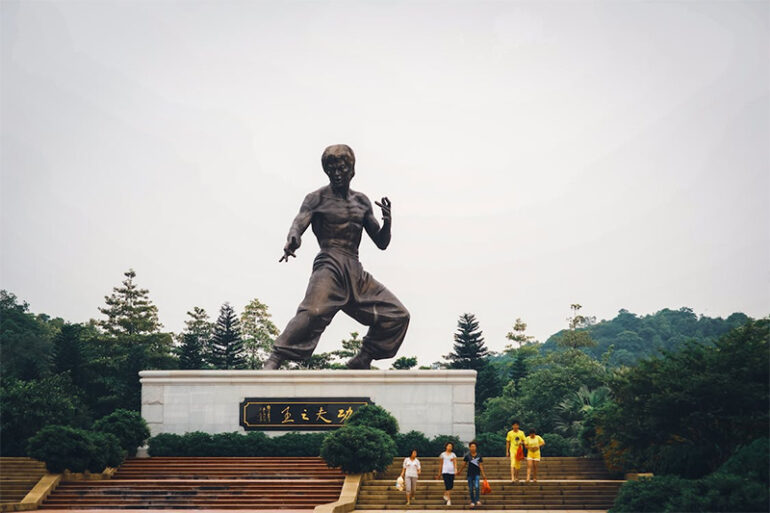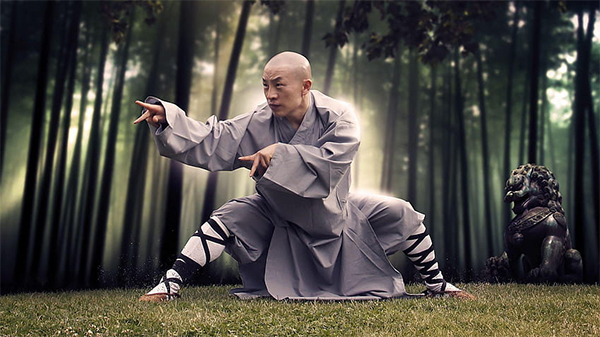This martial art has long developed into various fighting styles, which have been embraced over a long historical period in China and are now known all over the world due to the films and expertise of Bruce Lee and Jackie Chan. To define, “Kung Fu” typically translates to “skill” and is the umbrella term for various techniques and styles such as Tai Chi and Shaolin Kung Fu. Indeed, it is a form of exercise and skill without interfering with emotions and intellect. A mode of combat usually involves intense concentration and self-discipline, which is portrayed by unique stances and actions employing excellent muscle coordination.
The Origin of Kung Fu
Whether kung fu was really from China or its neighbor, India, has long been debated. But what is known is that primitive Chinese societies’ hunting and self-defense skills were more focused on chopping and stabbing. A debatable topic states that martial art was taught at the first ever Shaolin monastery by a Buddhist monk who developed the art of Kung Fu from what he had learned in India. Until the slavery society around the 11th century B.C., Kung Fu became practical and a standard for battle. Mainly during the Shang and Zhou dynasties, the art of Kung Fu was used to train soldiers in battle preparation. It was previously practiced only by soldiers and the people in power, but later on, it was taught to the masses as an effort to drive out foreign invaders such as the Japanese, French, and British.
There also happened to be an enemy of the promotion of Kung Fu as Mao Zedong wanted to destroy China’s traditions and ongoing culture through communism. Luckily, more practitioners eventually revived the martial art, including the most elite Shaolin monk tagged as a werewolf due to having hypertrichosis, or the “werewolf syndrome,” where excessive hair growth is observed all over the body. Since its revival, Kung Fu has developed into more styles and stances. Today, various movements are incorporated into Kung Fu, which mainly comes from imitations of an animal’s fighting stance. Some are the normal upright posture of frogs, horses, snakes, and dragons.
Since when did Kung Fu become representative of China?
Kung Fu, backed by its dense history of development, can be considered a representative of Chinese culture. This is because of the numerous changes in the techniques applied by various practitioners. Prior to the practice of Kung Fu in China, various martial arts practices were conducted. After the unification of the Central Plains, wrestling, sword dance, and fencing were all famous across the region. This changed when patriotic generals of the Song Dynasty wanted to incorporate Kung Fu into their military power. This led to the development of various variations which are practiced not only in China but throughout the world. Nowadays, the government of China seeks to highlight the importance of traditional Kung Fu to give importance to the art. Performances and exhibitions are held to fuel civilian knowledge regarding the beauty of Kung Fu, which developed throughout the centuries.
Photo Attribution:
1st and featured image from https://www.pexels.com/photo/people-near-the-statue-of-bruce-lee-13245968/
2nd image from https://www.pxfuel.com/en/desktop-wallpaper-wqrlc

